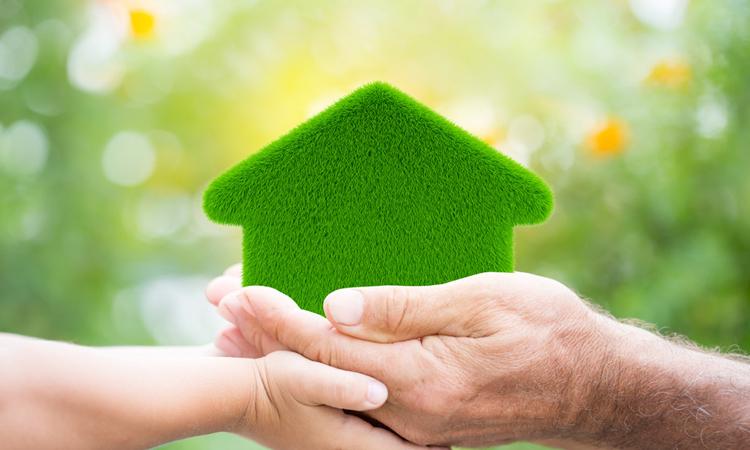- Sustainable site development
- Water savings
- Energy efficiency
- Materials & Resources
- Indoor environmental quality
- Innovation in Design
News & Events
Green Building

A common metric for green buildings in India are the Green Building Rating Systems offered by the IGBC, TERI-GRIHA and the USGBC. These rating systems are a nationally and internationally accepted benchmarks for the design, construction and operation of high performance green buildings. These green building rating systems are designed to promote design and construction practices that increase profitability while reducing the negative environmental impacts of buildings and improving occupant health and well-being.
Green Building Certifications provides to the building owners, architects, consultants, developers, facility managers and project managers the tools they need to design, construct and operate green buildings. Most rating systems are voluntary certification programs that can be applied to any building type and any building lifecycle phase. It promotes a whole-building approach to sustainability by recognizing performance in key areas
Choosing a building's site and managing that site during construction are important considerations for a project's sustainability. The Sustainable Sites category discourages development on previously undeveloped land; minimizes a building's impact on ecosystems and waterways; encourages regionally appropriate landscaping rewards smart transportation choices; controls storm-water run-off; and reduces erosion, light pollution, heat island effect and construction-related pollution.
Buildings are major users of our potable water supply. The goal of the Water Efficiency credit category is to encourage smarter use of water, inside and out. Water reduction is typically achieved through more efficient appliances, fixtures and fittings inside and water-wise landscaping outside.
The Energy & Atmosphere category encourages a wide variety of energy strategies: commissioning; energy use monitoring; efficient design and construction; efficient appliances, systems and lighting; the use of renewable and clean sources of energy, generated on-site or off-site; and other innovative strategies.
During both the construction and operations phases, buildings generate a lot of waste and use a lot of materials and resources. This credit category encourages the selection of sustainable grown, harvested, produced and transported products and materials. It promotes the reduction of waste as well as reuse and recycling, and it takes into account the reduction of waste at a product's source.
It is estimated that Indians spend about 90% of their day indoors at their residences, schools and workplaces, where the air quality can be significantly worse than outside. The Indoor Environmental Quality credit category promotes strategies that can improve indoor air as well as providing access to natural daylight and views and improving acoustics.
The Innovation in Design category provides bonus points for projects that use new and innovative technologies and strategies to improve a building's performance well beyond what is required by other credits or in green building considerations that are not specifically addressed elsewhere in the rating system. This credit category also rewards projects for including an Accredited Professional on the team to ensure a holistic, integrated approach to the design and construction phase.Green building rating systems provide a roadmap for measuring and documenting success for every building type and phase of a building lifecycle.